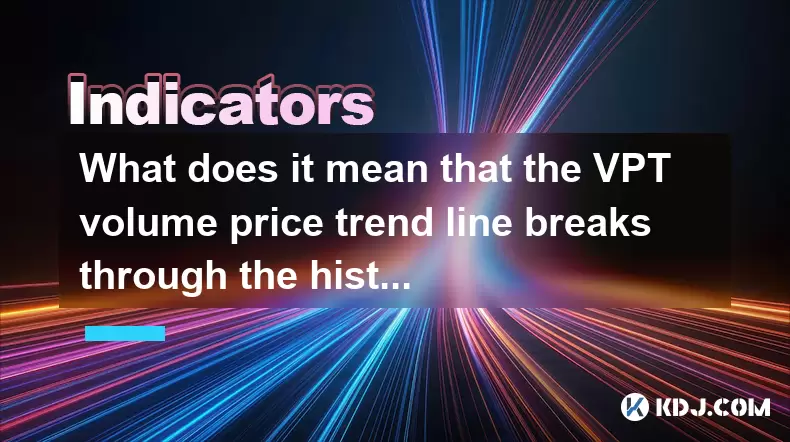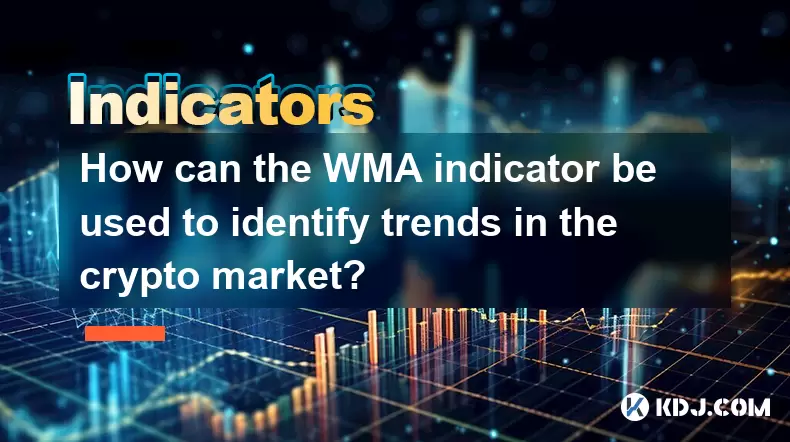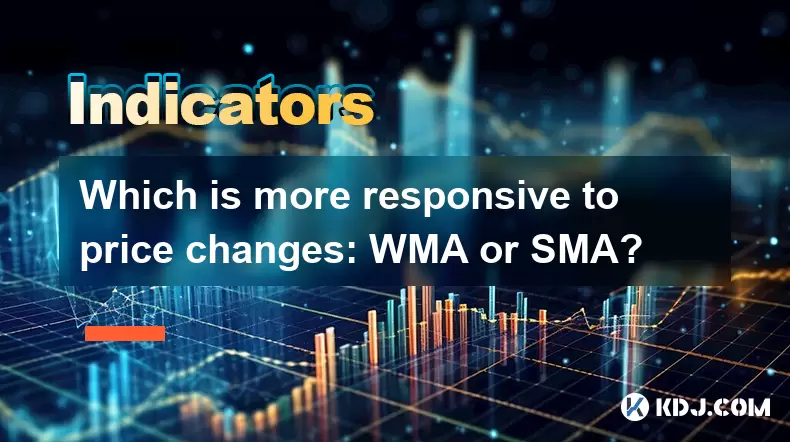-
 Bitcoin
Bitcoin $118300
-0.58% -
 Ethereum
Ethereum $3825
0.11% -
 XRP
XRP $3.137
-0.71% -
 Tether USDt
Tether USDt $0.9999
-0.01% -
 BNB
BNB $803.9
-3.37% -
 Solana
Solana $181.5
-1.94% -
 USDC
USDC $0.9999
0.01% -
 Dogecoin
Dogecoin $0.2238
-2.51% -
 TRON
TRON $0.3358
2.12% -
 Cardano
Cardano $0.7844
-2.16% -
 Hyperliquid
Hyperliquid $43.31
-1.48% -
 Sui
Sui $3.807
-4.04% -
 Stellar
Stellar $0.4203
-1.96% -
 Chainlink
Chainlink $17.79
-3.00% -
 Bitcoin Cash
Bitcoin Cash $567.8
-1.34% -
 Hedera
Hedera $0.2614
-4.30% -
 Avalanche
Avalanche $24.19
-4.46% -
 Litecoin
Litecoin $109.2
-0.74% -
 UNUS SED LEO
UNUS SED LEO $8.969
-0.01% -
 Toncoin
Toncoin $3.404
3.97% -
 Ethena USDe
Ethena USDe $1.001
-0.01% -
 Shiba Inu
Shiba Inu $0.00001307
-3.19% -
 Uniswap
Uniswap $10.33
-1.23% -
 Polkadot
Polkadot $3.884
-4.06% -
 Monero
Monero $312.9
-1.87% -
 Dai
Dai $1.000
0.01% -
 Bitget Token
Bitget Token $4.537
-2.24% -
 Pepe
Pepe $0.00001156
-3.40% -
 Cronos
Cronos $0.1437
-0.89% -
 Aave
Aave $282.8
-2.77%
What does it mean that the VPT volume price trend line breaks through the historical high? Can I still chase high?
A VPT breakout above its historical high signals strong buying pressure and potential trend continuation, but should be confirmed with other indicators and proper risk management.
Jun 19, 2025 at 05:14 pm

Understanding the VPT Volume Price Trend Line
The VPT (Volume-Price Trend) line is a technical indicator used in trading to confirm price movements and anticipate potential reversals. It combines both volume and price data, assigning weight to the volume based on whether the price has moved up or down. When the price rises, the volume for that period is added to the cumulative total. Conversely, when the price falls, the volume is subtracted.
This indicator helps traders understand if volume is supporting the current price trend. A rising VPT suggests strong buying pressure, while a declining VPT indicates selling pressure. The VPT line acts as a dynamic support or resistance level depending on how it interacts with the price chart.
What Does a Breakthrough of the Historical High Mean?
When the VPT line breaks through its historical high, it signals that the volume behind rising prices is stronger than ever before. This can be interpreted as a bullish signal because it shows increasing participation from buyers at higher price levels.
In practical terms, this breakthrough implies:
- Increased momentum: Buyers are entering the market aggressively.
- Stronger sentiment: Market confidence is growing, pushing both volume and price upwards.
- Potential continuation of the uptrend: If the VPT continues to rise after breaking past previous peaks, the price may follow suit.
However, it's important to note that no single indicator should be used in isolation. Traders should look for confluence with other tools such as moving averages, RSI, or Fibonacci retracements to confirm the strength of the breakout.
How to Identify a Valid VPT Breakout
To determine whether a VPT breakout is valid, traders should consider the following steps:
- Compare current VPT levels with previous highs: Use a horizontal line to mark the last significant peak in the VPT line. If the current VPT crosses above that level, it could indicate a new phase of accumulation.
- Look for confirmation candles: After the VPT breaks out, check if the price also forms bullish candlestick patterns like engulfing bars or hammer formations.
- Check volume consistency: Ensure that the volume during the breakout is significantly higher than average, reinforcing the legitimacy of the move.
- Observe price behavior around key levels: If the price is approaching a psychological or historical resistance level and the VPT confirms the move, it adds more weight to the breakout.
These steps help filter out false breakouts and improve the accuracy of trade entries.
Can You Still Chase Highs After a VPT Breakout?
Chasing highs after a VPT breakout can be tempting, especially if the market appears to be in a strong uptrend. However, entering at or near all-time highs comes with increased risk due to:
- Extended price action: Prices may become overbought, leading to pullbacks or consolidation phases.
- Reduced reward-to-risk ratio: The distance between your entry point and stop-loss may be smaller, making it harder to justify the trade.
- FOMO-driven decisions: Emotional trading without proper analysis often leads to poor outcomes.
If you decide to enter after a breakout, consider the following precautions:
- Use a pullback strategy: Wait for the price to retest the breakout level before entering. This gives better risk-reward positioning.
- Set tight stop-loss orders: Protect capital by placing stops just below recent swing lows or key support zones.
- Scale into positions: Instead of investing the full amount at once, gradually add to your position as the trend continues.
These strategies allow traders to participate in the trend while managing downside exposure effectively.
Common Mistakes to Avoid When Trading VPT Breakouts
Many traders fall into pitfalls when interpreting VPT breakouts. Here are some common errors to avoid:
- Ignoring divergence: Even if the VPT breaks out, if the price doesn't confirm with higher highs, it could signal weakness.
- Overtrading on minor fluctuations: Small spikes in the VPT can create false signals. Always wait for clear confirmation before acting.
- Neglecting timeframes: A breakout on a lower timeframe might not be significant on a higher one. Always cross-reference multiple timeframes.
- Failing to adjust stop-losses: As the price moves in your favor, failing to trail your stop can expose profits to sudden reversals.
Avoiding these mistakes requires discipline, patience, and a well-defined trading plan.
Frequently Asked Questions (FAQ)
Q: What is the difference between VPT and OBV?
A: While both VPT and On-Balance Volume (OBV) are volume-based indicators, VPT incorporates price change into volume calculation, giving more weight to larger price moves. OBV simply adds or subtracts volume based on whether the close is higher or lower than the previous bar, without considering the magnitude of the price change.
Q: Can VPT be used in sideways markets?
A: In ranging or sideways markets, VPT may produce choppy signals and is less effective. It works best in trending environments where volume supports the direction of the price movement.
Q: Should I use VPT alone for trading decisions?
A: No, VPT should be used in conjunction with other indicators such as moving averages, trendlines, or oscillators. Relying solely on VPT increases the likelihood of false signals and poor trade execution.
Q: How do I set alerts for VPT breakouts?
A: Most trading platforms allow you to create custom alerts. You can set an alert when the VPT value exceeds its previous all-time high, or when it crosses above a moving average. Some platforms also let you program scripts to automate these notifications.
Disclaimer:info@kdj.com
The information provided is not trading advice. kdj.com does not assume any responsibility for any investments made based on the information provided in this article. Cryptocurrencies are highly volatile and it is highly recommended that you invest with caution after thorough research!
If you believe that the content used on this website infringes your copyright, please contact us immediately (info@kdj.com) and we will delete it promptly.
- Ozak AI Presale: Your Chance to Turn 1 ETH into 20? A Crypto Investment Deep Dive
- 2025-07-30 15:50:12
- IPO, Bitcoin, and Treasury: A New Era of Crypto Investment?
- 2025-07-30 14:30:12
- Bitcoin, Binance, and Whales: Decoding the Latest Market Moves
- 2025-07-30 14:50:12
- Bitcoin, Binance, and Whales: Decoding the $1.2B Shuffle
- 2025-07-30 16:10:12
- MultiBank Group's $MBG Token: Bridging TradFi and Web3 with LBank Listing
- 2025-07-30 16:10:12
- NFTs: Punks, Penguins, and the Market's Mosh Pit
- 2025-07-30 16:16:00
Related knowledge

What are the best WMA settings for day trading crypto?
Jul 30,2025 at 03:43pm
Understanding WMA in the Context of Crypto Day TradingThe Weighted Moving Average (WMA) is a technical indicator that assigns greater importance to re...

How can the WMA indicator be used to identify trends in the crypto market?
Jul 30,2025 at 04:56pm
Understanding the WMA Indicator in Cryptocurrency TradingThe Weighted Moving Average (WMA) is a technical analysis tool that assigns greater importanc...

What are the advantages of using the WMA indicator for crypto?
Jul 30,2025 at 03:21pm
Understanding the WMA Indicator in Cryptocurrency TradingThe Weighted Moving Average (WMA) is a technical analysis tool widely used in cryptocurrency ...

Which is more responsive to price changes: WMA or SMA?
Jul 30,2025 at 05:00pm
Understanding Weighted Moving Average (WMA)The Weighted Moving Average (WMA) assigns greater importance to recent price data, making it inherently mor...

What are the main differences between WMA, SMA, and EMA in crypto?
Jul 30,2025 at 02:50pm
Understanding the Role of Private Keys in Cryptocurrency WalletsEvery cryptocurrency wallet operates based on cryptographic principles, with the priva...

How is the WMA indicator calculated in cryptocurrency trading?
Jul 30,2025 at 02:35pm
Understanding the Weighted Moving Average (WMA) in Cryptocurrency TradingThe Weighted Moving Average (WMA) is a technical analysis tool widely used in...

What are the best WMA settings for day trading crypto?
Jul 30,2025 at 03:43pm
Understanding WMA in the Context of Crypto Day TradingThe Weighted Moving Average (WMA) is a technical indicator that assigns greater importance to re...

How can the WMA indicator be used to identify trends in the crypto market?
Jul 30,2025 at 04:56pm
Understanding the WMA Indicator in Cryptocurrency TradingThe Weighted Moving Average (WMA) is a technical analysis tool that assigns greater importanc...

What are the advantages of using the WMA indicator for crypto?
Jul 30,2025 at 03:21pm
Understanding the WMA Indicator in Cryptocurrency TradingThe Weighted Moving Average (WMA) is a technical analysis tool widely used in cryptocurrency ...

Which is more responsive to price changes: WMA or SMA?
Jul 30,2025 at 05:00pm
Understanding Weighted Moving Average (WMA)The Weighted Moving Average (WMA) assigns greater importance to recent price data, making it inherently mor...

What are the main differences between WMA, SMA, and EMA in crypto?
Jul 30,2025 at 02:50pm
Understanding the Role of Private Keys in Cryptocurrency WalletsEvery cryptocurrency wallet operates based on cryptographic principles, with the priva...

How is the WMA indicator calculated in cryptocurrency trading?
Jul 30,2025 at 02:35pm
Understanding the Weighted Moving Average (WMA) in Cryptocurrency TradingThe Weighted Moving Average (WMA) is a technical analysis tool widely used in...
See all articles

























































































